We’ve heard all about the plight of the bees that are disappearing at an alarming rate across the world, but the situation with birds doesn’t look too great, either.
“A staggering loss that suggests the very fabric of North America’s ecosystem is unraveling.”—Cornell Lab director John Fitzpatrick and study coauthor Peter Marra. Read more: https://t.co/xitIFJoNuL
— TNC in Illinois (@Nature_IL) September 24, 2019
A new article in the journal Science estimates that North America has lost a quarter of its bird population – roughly 3 billion birds – in the past 50 years. The researchers looked at populations of 529 different bird species since 1970 to reach their conclusion. They collected data from surveys with the help of volunteer bird spotters and combined that with ten years worth of data on flocks of migrating birds detected by 143 different weather radar installations.
North America has lost more than a quarter of its entire bird population since 1970, around 3 billion birds, according to a new study.https://t.co/AwntnO2GdN
— NPR (@NPR) September 19, 2019
Ken Rosenberg of the Cornell Lab of Ornithology said, “We saw this tremendous net loss across the entire bird community. By our estimates, it’s a 30% loss in the total number of breeding birds. But we also knew that other bird populations were increasing. And what we didn’t know is whether there was a net change.”
The data showed that more than 90% of the losses came from only a dozen bird families, including warblers, blackbirds, finches, and sparrows. Meadowlarks and red-winged blackbirds are two examples of common birds that have seen their numbers decrease.
"As habitats diminish, birds have nowhere to go." https://t.co/WPOaNe3oWt
— Science News (@ScienceNews) September 25, 2019
The news isn’t entirely bad, though; some bird populations have increased, such as raptors (influding bald eagles), and waterfowl. Rosenberg continued, “The numbers of ducks and geese are larger than they’ve ever been, and that’s not an accident. It’s because hunters who primarily want to see healthy waterfowl populations for recreational hunting have raised their voices.”
One study estimates North America has lost 3 billion birds in the last 50 years. A new study suggests why so many are disappearing in the desert: they're dying of thirst https://t.co/683jbQBn5Q
— LAist (@LAist) September 30, 2019
Mike Parr, another one of the study’s authors, said, “We’re making the wrong moves now to sustain nature for the future, and this is an indication that nature is unraveling and that ecosystems are highly stressed. Our generation is going survive it, and probably the next generation will, but who knows where the tipping point is.”
The researchers say that climate change played only a small role in the overall loss of the birds so far, but it is likely to become more of a threat in the future because of rising seas, draughts and wildfires.
The post Scientists Say That North America Has Lost 3 Billion Birds in the Last 50 Years appeared first on UberFacts.

 Konnichiwa, Japan — so excited to explore Tokyo, hear from young women and share their stories. (And hopefully see some cherry blossoms too!
Konnichiwa, Japan — so excited to explore Tokyo, hear from young women and share their stories. (And hopefully see some cherry blossoms too!  ) . .
) . .  : @Mark_harrison_photography Guest Editor: @adwoaaboah . . #amikageorge #freeperiods #periodpoverty #abouttime #adwoaaboahxstylist
: @Mark_harrison_photography Guest Editor: @adwoaaboah . . #amikageorge #freeperiods #periodpoverty #abouttime #adwoaaboahxstylist (@JoeyNicita)
(@JoeyNicita) 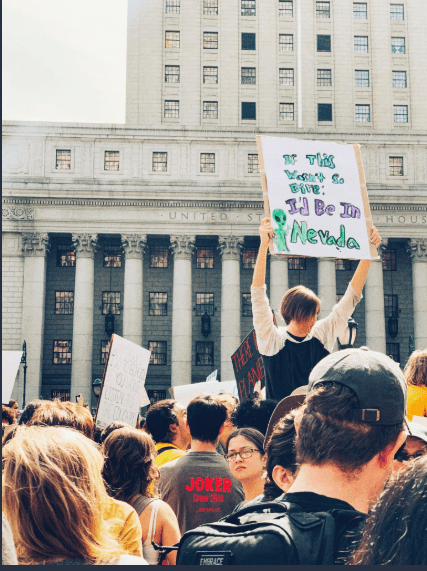






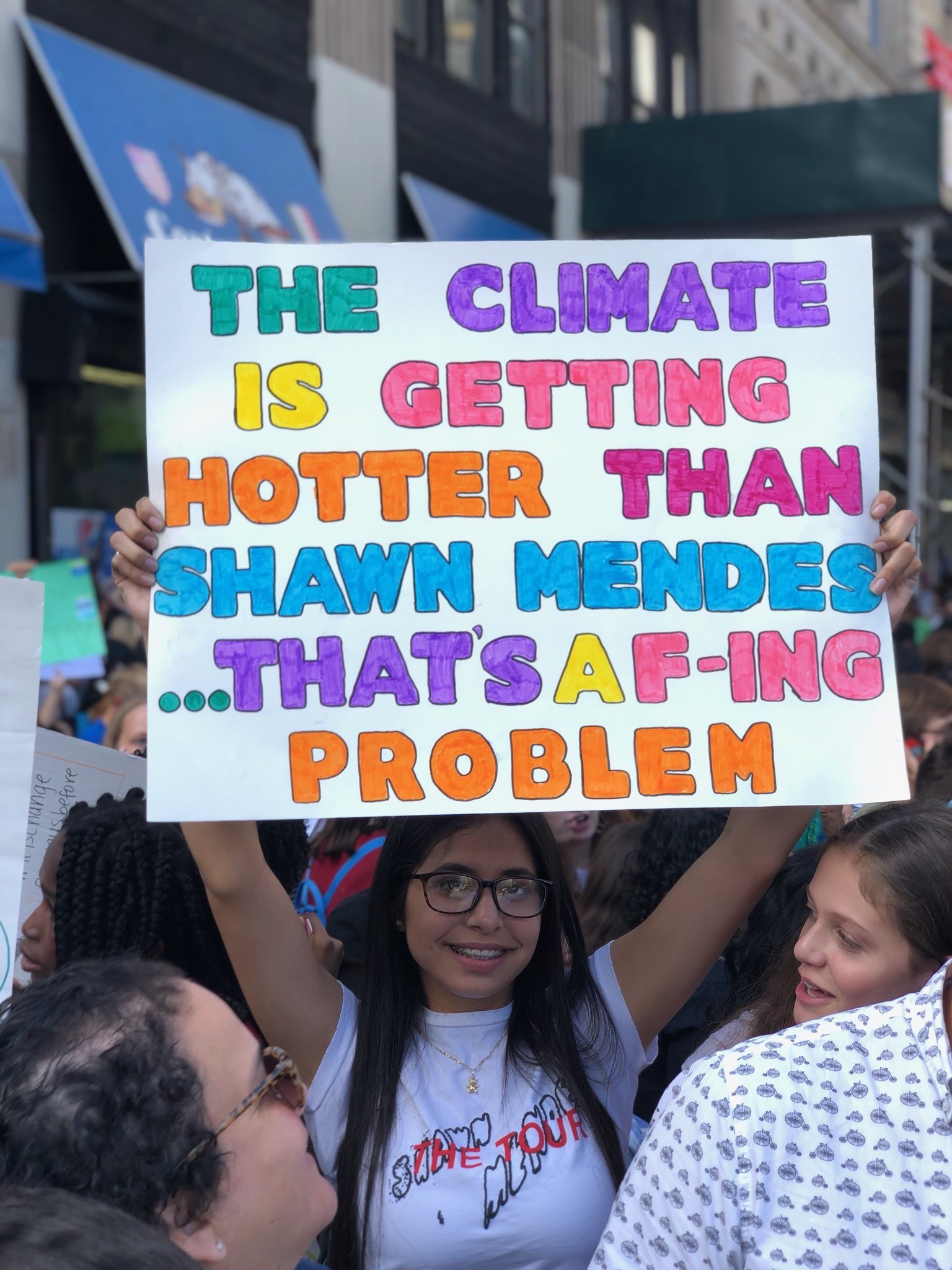
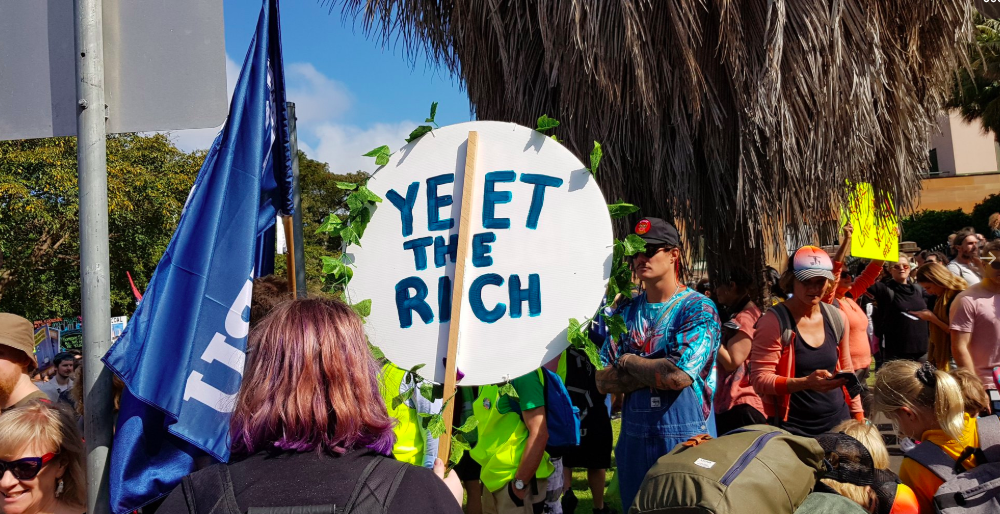




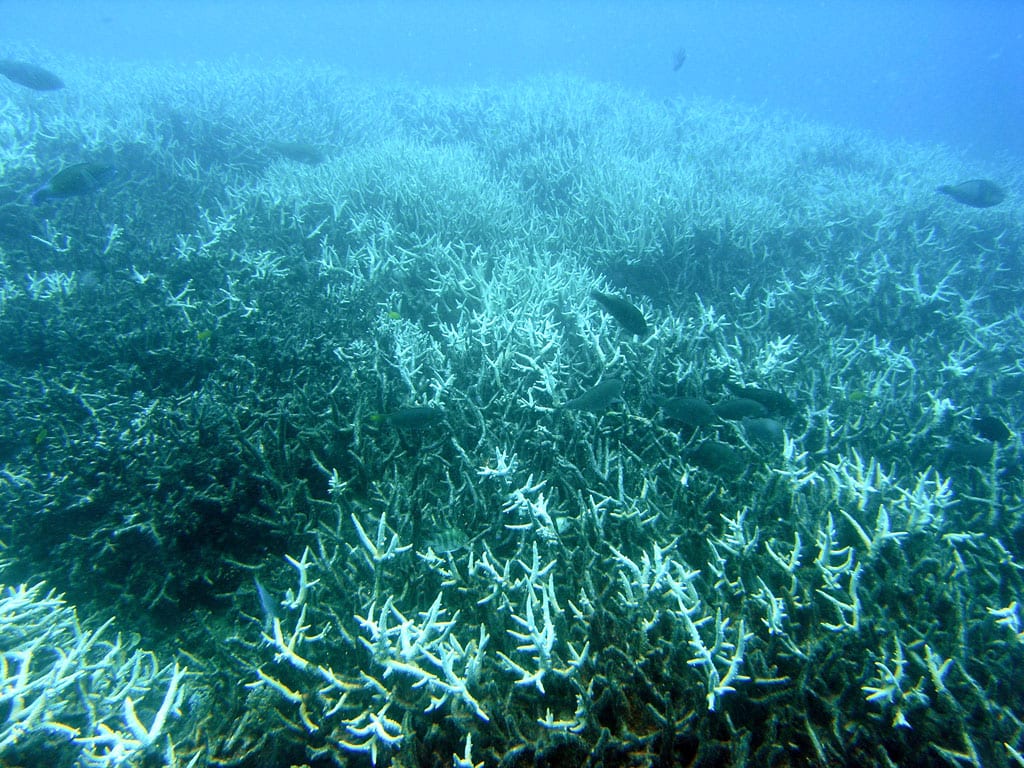


 When I first had the idea about selling my artwork one of my biggest concerns was my packaging and how it would effect the environment! Therefore, after doing some research I found a company @ecocraft_ltd . Eco craft produce bio-degradable packaging bags made from potato/corn starch. They look and feel exactly like cellophane bags,however, are sustainable making my products have a better impact on the environment,meaning less single use plastic!!
When I first had the idea about selling my artwork one of my biggest concerns was my packaging and how it would effect the environment! Therefore, after doing some research I found a company @ecocraft_ltd . Eco craft produce bio-degradable packaging bags made from potato/corn starch. They look and feel exactly like cellophane bags,however, are sustainable making my products have a better impact on the environment,meaning less single use plastic!!  Therefore, all my prints will be packaged using these green bags along with all my postage envelopes that can be recycled.
Therefore, all my prints will be packaged using these green bags along with all my postage envelopes that can be recycled. 
 !
! @zistat Follow
@zistat Follow 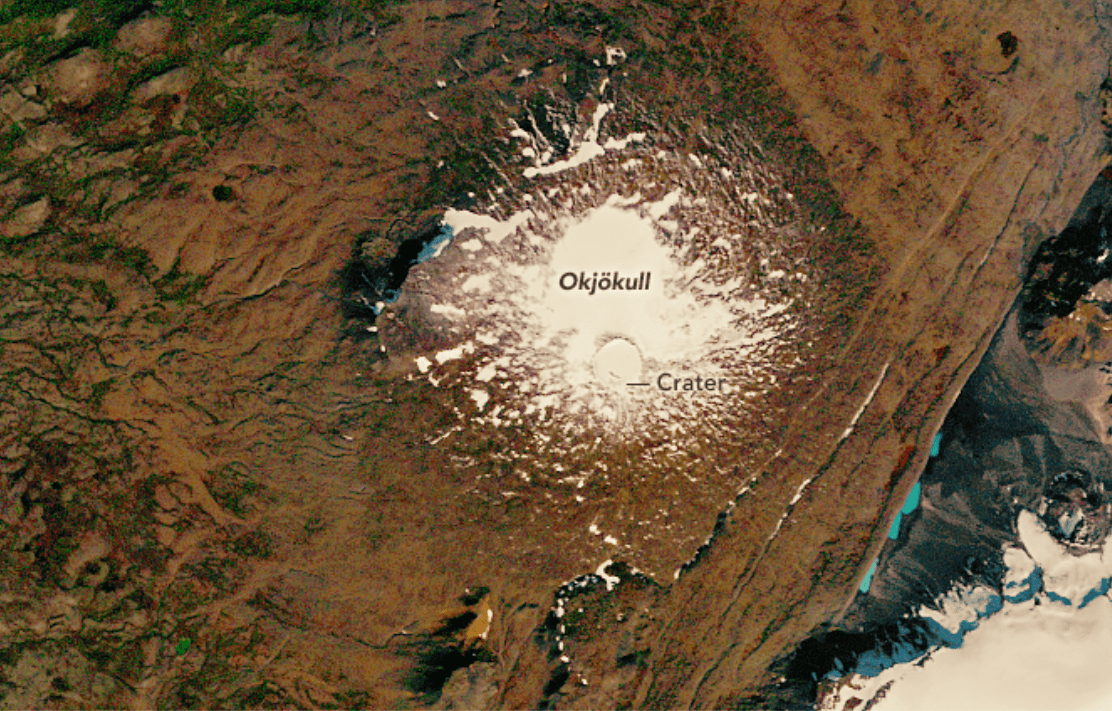
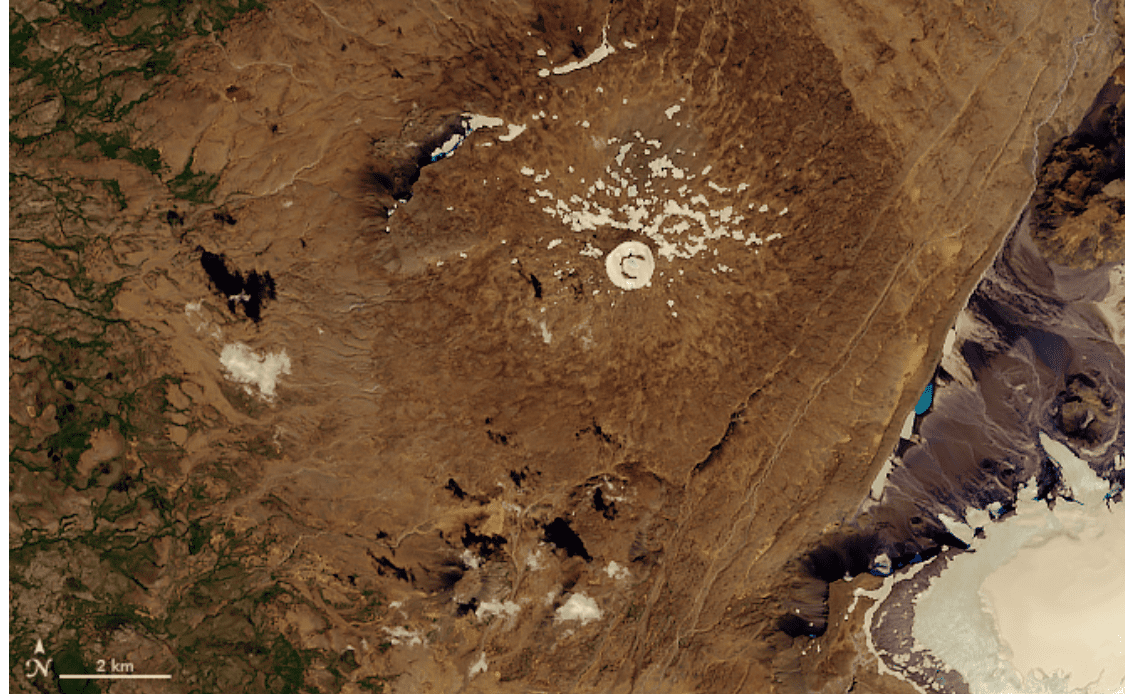
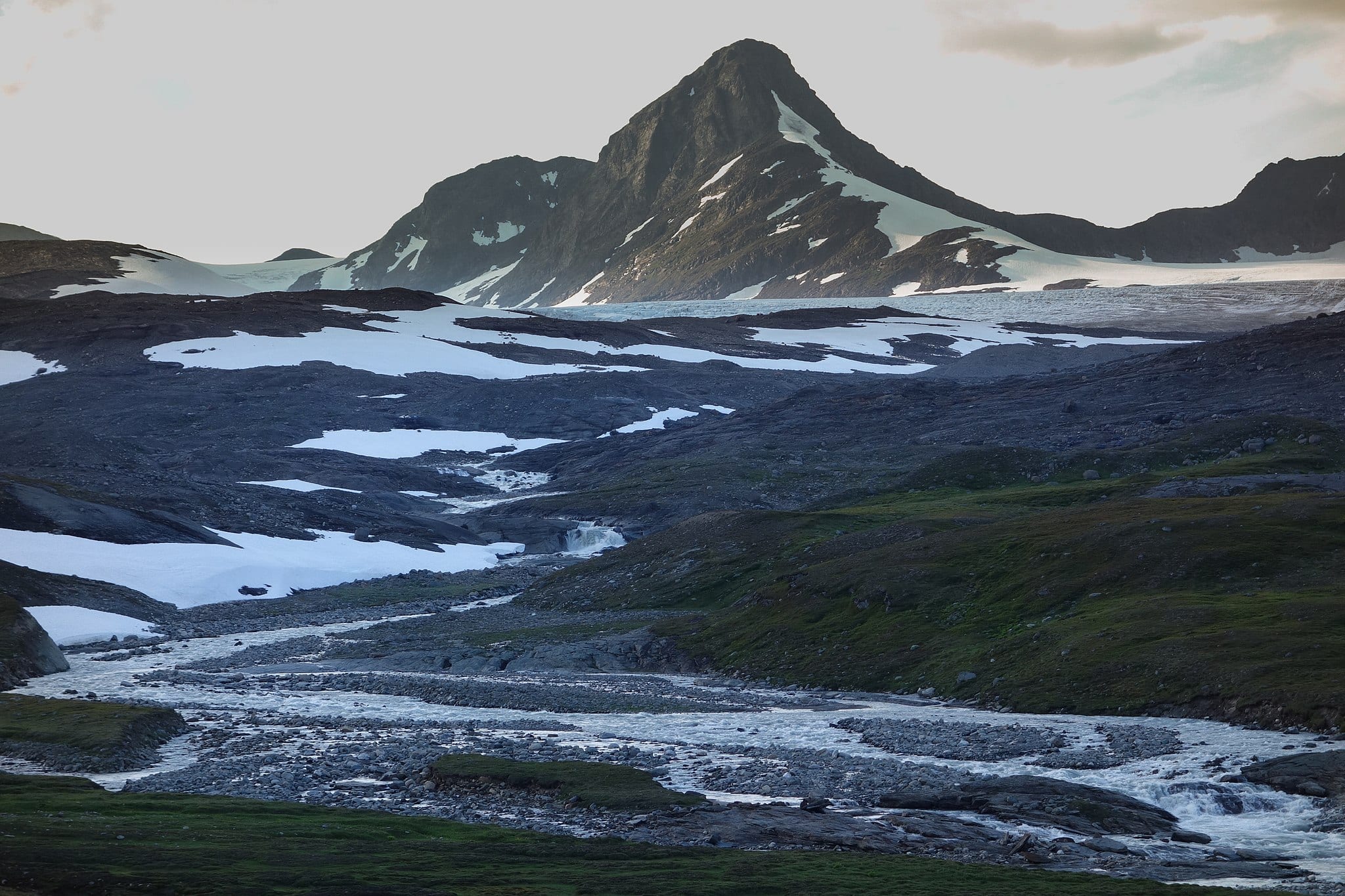

 #islandia #iceland #escandinavia #scandinavia #meioambiente #environment #aquecimentoglobal #globalwarming #glaciar #glacier #geleira #okjökull #visiticeland
#islandia #iceland #escandinavia #scandinavia #meioambiente #environment #aquecimentoglobal #globalwarming #glaciar #glacier #geleira #okjökull #visiticeland
